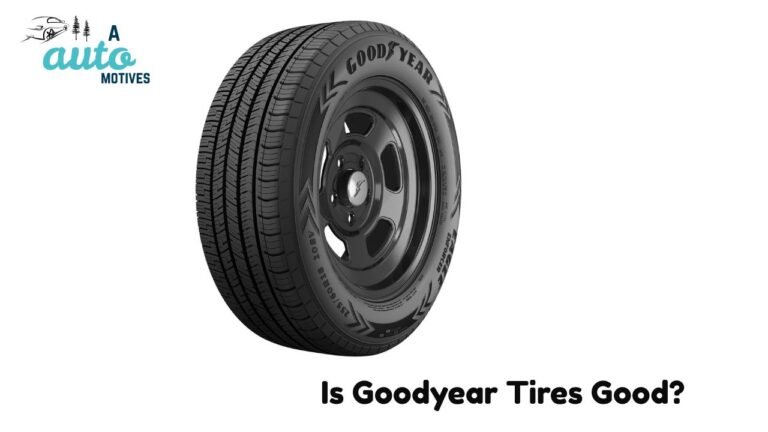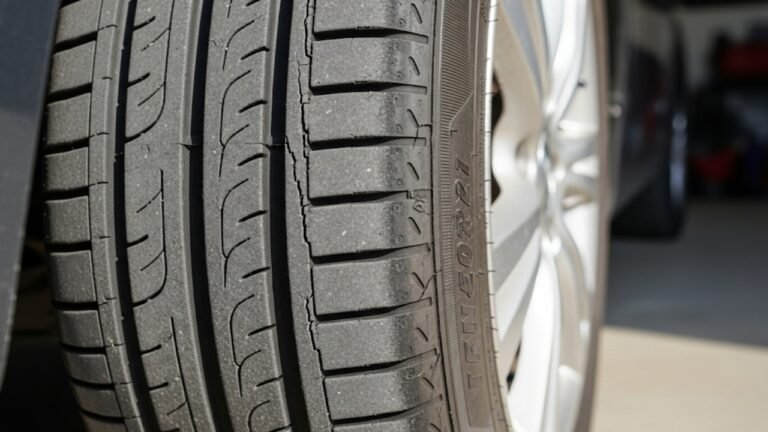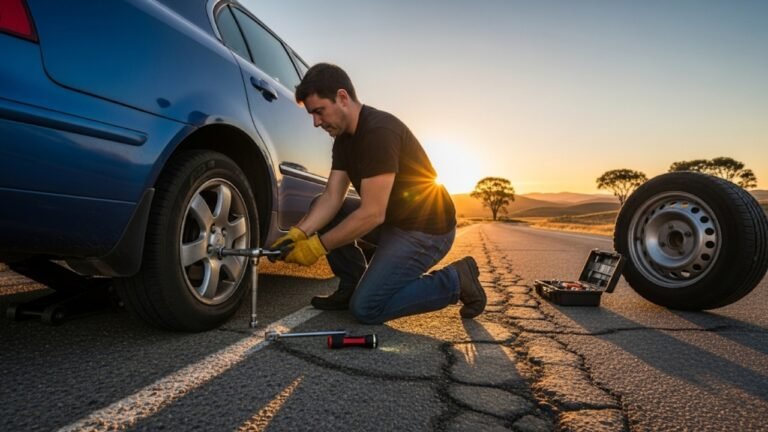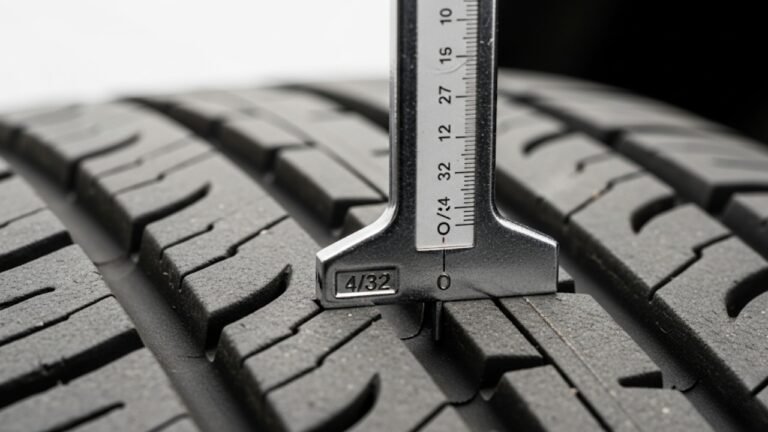Do You Need a Tire Cap?
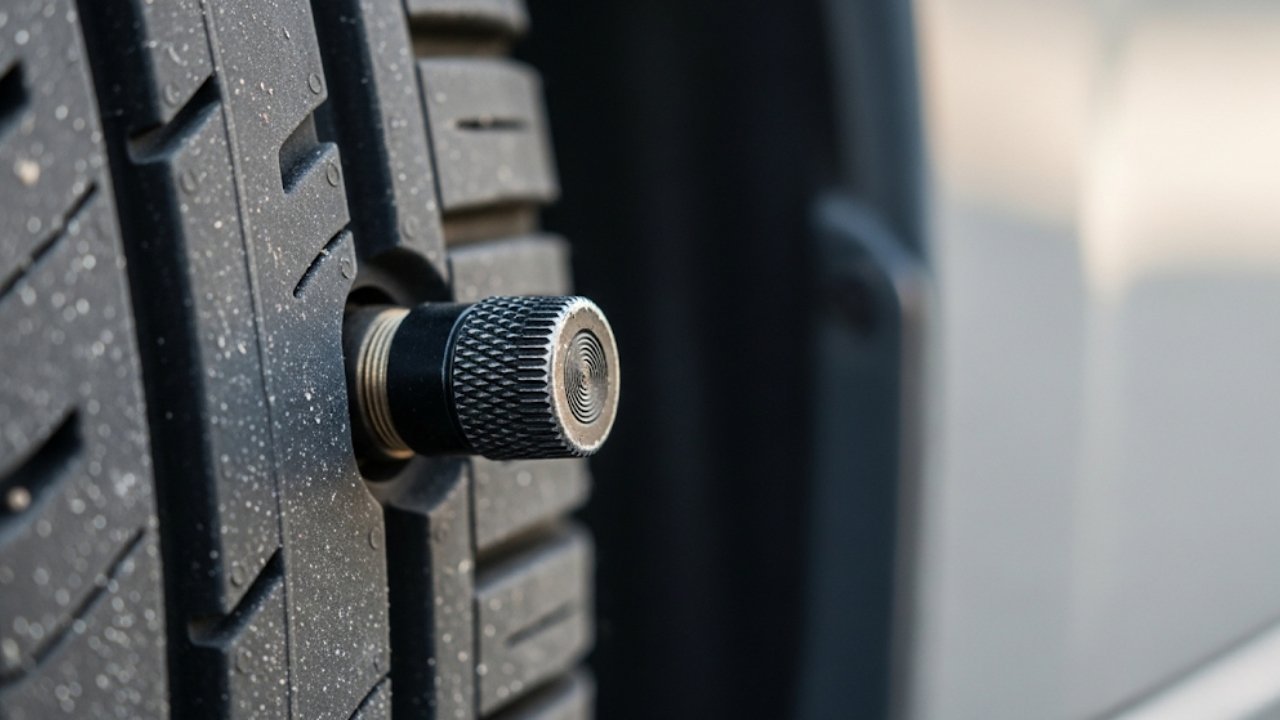
Ever noticed that little plastic or metal cap on your car tire valve? It seems so small, almost forgettable, right? I used to think the same—until one day I lost one during a long road trip from Chittagong to Cox’s Bazar. I didn’t think much of it at first, but by the time I reached my destination, the tire pressure had dropped noticeably. That’s when I started wondering: Do you need a tire cap, or is it just a cosmetic thing?
Spoiler alert—it’s more important than most people realize. That tiny valve cap actually plays a big role in maintaining your tire’s health, preserving pressure, and preventing dirt from sneaking into your valve stem. Whether you’re a casual city driver or someone who loves hitting the open road, this guide is your go-to for everything you need to know about tire caps.
What Is a Tire Cap, Really? More Than Just a Cover
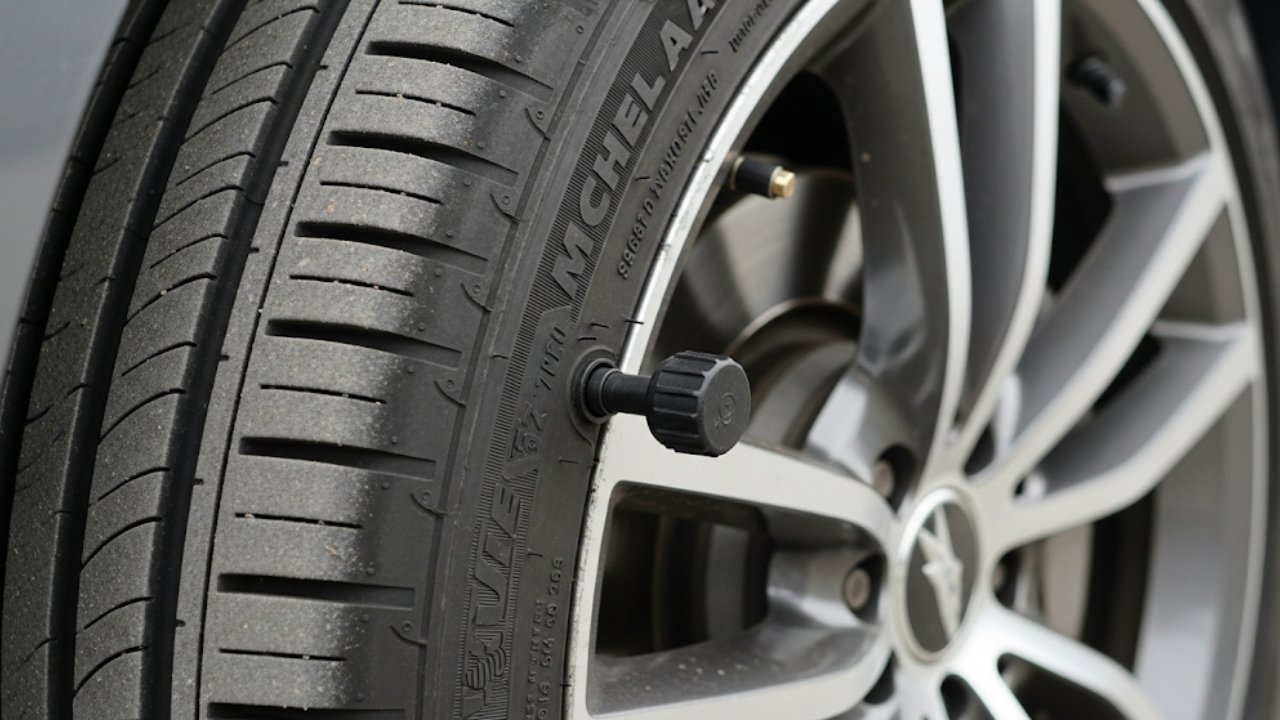
Let me paint you a picture. Imagine going out in the rain without an umbrella. Sure, you might not melt—but you’ll get wet, uncomfortable, and probably regret it. That’s exactly what happens when your valve stem goes uncovered. Without a tire cap, moisture, dirt, and tiny particles can sneak in and corrode the internal valve.
Now, the valve stem is the gateway to your tire’s air supply. If dirt clogs it or it becomes rusty, air can slowly leak out over time. And once you lose pressure, your fuel economy drops, your tires wear unevenly, and your ride starts to feel…off.
So when we ask, do you need a tire cap?—the short answer is yes, absolutely. It’s not just a neat finishing touch—it’s a protective shield.
Why Tire Caps Matter: It’s Not Just About Looks
You may think, “Okay, it keeps dirt out. But is that all?” Actually, tire caps do more than just block out dust.
Here are some real reasons why you shouldn’t skip them:
-
Protect the valve core from dust, grime, and water
-
Help prevent slow air leaks by sealing the valve tip
-
Improve safety by maintaining correct tire pressure
-
Enhance fuel efficiency by keeping your tires properly inflated
-
Extend tire life by ensuring even wear
When I lost that tire cap on the way to Cox’s Bazar, I didn’t realize just how fast air could leak from a dirty valve. I had to refill my tire twice before heading home. And let me tell you, finding an air pump on a busy highway? Not as easy as it sounds.
In short, when we ask again, do you need a tire cap?—we’re also asking, “Do you want to avoid flat tires, stay safe, and save gas?” Because one tiny cap does all that.
The Science Behind Tire Caps: How They Protect Your Tires
Let’s take a moment to look at the mechanics. The valve stem has a core inside it—a spring-loaded mechanism that lets air in when you inflate the tire and keeps air sealed in when you’re done.
This core can get stuck, rusty, or even break if exposed to moisture or sand. That’s where tire caps come in—they act like the lid on your water bottle. You wouldn’t drink from a bottle that’s been sitting open in the dirt, would you?
When you ask, do you need a tire cap, the science answers with a resounding yes. Without it:
-
Air escapes more easily over time
-
The valve corrodes, affecting air sealing ability
-
Dust interferes with valve function, making inflation harder
So the next time you spot a missing cap, don’t ignore it. Fix it before it causes problems.
Types of Tire Caps: Which One’s Right for You?
Not all tire caps are created equal. In fact, there are several types, each with its own pros and cons. Let’s break them down:
| Tire Cap Type | Material | Pros | Cons |
|---|---|---|---|
| Plastic Standard | ABS Plastic | Cheap, lightweight, easy to find | Can crack or break over time |
| Metal Caps | Aluminum or Brass | Durable, better sealing, often weatherproof | May corrode if not coated |
| Anti-Theft Caps | Metal with Lock | Theft-resistant, adds extra security | More expensive and harder to replace |
| Pressure Caps | Indicator-Based | Shows tire pressure visually (color-coded) | Costly, may malfunction if low quality |
I personally love metal caps with rubber seals. They’re sturdier and last longer, especially during monsoon season. I’ve had plastic ones fly off after hitting potholes or when kids tried unscrewing them just for fun (true story).
So if you’ve been wondering, do you need a tire cap, the real question becomes—which one best fits your needs and environment?
What Happens If You Lose One? (Hint: Don’t Panic, But Act Fast)
We’ve all been there. You check your tires and realize—one cap is missing. Don’t worry, your tire isn’t going to explode, and your car won’t suddenly break down. But it’s not something you should ignore for long.
Here’s what could happen if you don’t replace it:
-
Dirt and moisture get in the valve
-
Valve stem corrosion begins over time
-
Air leakage becomes more likely
-
Tire pressure gets inconsistent
-
Eventually, your tire wears out faster
Replacing a tire cap is cheap—usually under $5 for a pack of four. Compare that to the cost of a flat tire repair or poor gas mileage, and the math makes sense.
Here’s what I do: I keep a spare set of valve caps in the glove compartment. That way, if one goes missing, I can pop a new one on instantly.
So again, when we ask do you need a tire cap?, think of it like insurance—small cost, big savings.
When Should You Replace a Tire Cap?
Even if you haven’t lost one, it might still be time for a new set. Tire caps don’t last forever. Exposure to sun, heat, rain, and road grime wears them down.
Look out for these signs:
-
Cracked plastic or damaged threads
-
Loose fit or frequent falling off
-
Rust on metal caps
-
Missing inner rubber seal
I once noticed that a cap on my rear tire looked fine on the outside but was cracked inside. The seal was gone, so it wasn’t protecting anything. I replaced it immediately.
Replacing a tire cap is quick, easy, and inexpensive. If you care about your tires, you need a tire cap that actually works.
How to Choose the Best Tire Caps for Your Car
Now that we’ve covered why they matter, let’s talk about picking the right one. Choosing the best tire caps depends on your driving habits, climate, and personal preferences.
Here’s what to keep in mind:
-
Weather: If you live in a humid or rainy area (like Sylhet or Khulna during monsoon), metal caps with rubber seals are ideal to prevent rust and moisture damage.
-
Driving Frequency: Daily drivers or ride-share workers might need more durable options like brass or aluminum caps.
-
Budget: If cost is a concern, plastic caps still work well, just replace them regularly.
-
Style: Want something flashy? You can find tire valve caps with logos, colors, even LED lights (though the lights are more of a gimmick than functional).
I personally go for metal caps with inner gaskets. They’re a little more expensive, but once you use them, you’ll feel the difference. They screw on more smoothly and seal tighter. Plus, they don’t fade in the sun.
If you’re still asking yourself, do you need a tire cap, think of it this way: you spend thousands on your car, why not spend a few extra bucks to protect something that directly affects your safety?
How to Install and Remove Tire Caps Without Damage
Here’s the good news—installing or removing a tire cap is super easy. But, like with most car parts, a little care goes a long way.
To install:
-
Clean the valve stem first—wipe away any dirt or sand.
-
Align the tire cap with the threads.
-
Gently twist clockwise until it’s snug—don’t overtighten!
To remove:
-
Twist counterclockwise by hand.
-
If stuck, use a rubber grip or pliers, but avoid squeezing too hard.
Pro tip: Don’t use metal tools directly on plastic caps; they’ll crack. And if you find rust on the valve stem, it’s time to change the valve or at least clean and protect it better.
When you ask, do you need a tire cap, think of this too: if you make it a habit to check and replace them carefully, you’re saving yourself from future headaches.
Common Myths About Tire Caps (And Why They’re Wrong)
Over the years, I’ve heard plenty of funny—and sometimes dangerous—myths about tire caps. Let’s bust a few of them:
“They’re just decorative.”
False. They may look decorative, but their real job is protecting the valve stem and maintaining tire pressure.
“They’re not necessary unless the tire is leaking.”
Wrong. The leak might not start until dirt gets in and damages the valve. Prevention is better than repair.
“Any cap will do.”
Not always. Cheap plastic caps crack easily and can get stuck if they warp in heat. Always go for quality.
“They can affect your car’s balance.”
Nope. Tire caps are too light to have any real impact on wheel balance or driving dynamics.
When you hear these myths, remember—do you need a tire cap? Yes. And not just any cap—a good, functional one that actually does its job.
Personal Story: The Day I Regretted Ignoring That Missing Cap
Let me tell you about one of the worst mornings I’ve had with my car. I was running late for a meeting in Dhaka, and I noticed one of my tires looked a bit low. I ignored it, thinking I’d fill it later. I remembered I had lost a cap a few days before but didn’t give it much thought.
Midway through Airport Road, the car started wobbling. Turns out, the valve stem had cracked because dirt had entered it through the exposed tip. The tire went completely flat. I ended up stranded, sweaty, and two hours late for a client meeting.
A $2 tire cap could’ve saved me from all that chaos.
Since then, I always double-check my valve caps during regular maintenance. And honestly, so should you.
FAQs: Everything You’ve Been Wondering About Tire Caps
1. Can I drive without a tire cap?
Yes, but it’s not recommended. While it won’t cause an immediate blowout, it can lead to slow air loss and valve corrosion.
2. What if the cap gets stuck?
Try gripping it with a rubber jar opener or pliers. If it’s metal and rusted, spray a little WD-40 and wait a few minutes before trying again.
3. Are metal caps better than plastic ones?
Generally, yes. Metal caps last longer and seal better—especially in extreme temperatures.
4. Can I use any cap from a bike or scooter?
They might fit, but they’re not always secure. It’s best to use caps designed for car tires.
5. How often should I replace my tire caps?
Check them every 6 months or during tire rotations. Replace if they look worn, cracked, or loose.
6. Do tire caps affect tire pressure sensors (TPMS)?
Most standard caps don’t, but metal caps without inner gaskets may cause corrosion. Use TPMS-safe caps if your car has sensors.
7. Can I buy designer or custom tire caps?
Absolutely! From glow-in-the-dark to chrome skulls, there are plenty of custom options. Just make sure they still provide a good seal.
8. Do all tires come with caps by default?
Yes, new cars usually include them. But they’re often basic plastic, so consider upgrading.
Final Thoughts: So, Do You Need a Tire Cap?
Let’s wrap it up. In a world full of big car repairs and expensive maintenance, tire caps are one of those tiny but powerful parts that make a big difference. They protect your valve stems, help maintain tire pressure, and keep your car running smoothly.
Still wondering, do you need a tire cap? Think of it like this: would you leave your front door open during a dust storm? No. Then don’t leave your tire valves exposed, either.
For a few taka or dollars, you can save fuel, avoid flats, and protect your tires from early wear. It’s a no-brainer.

